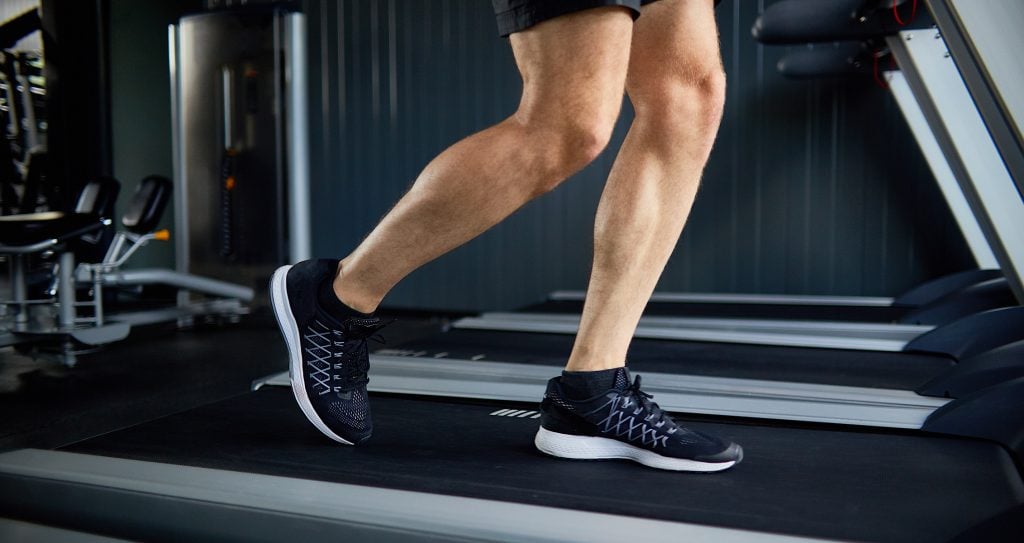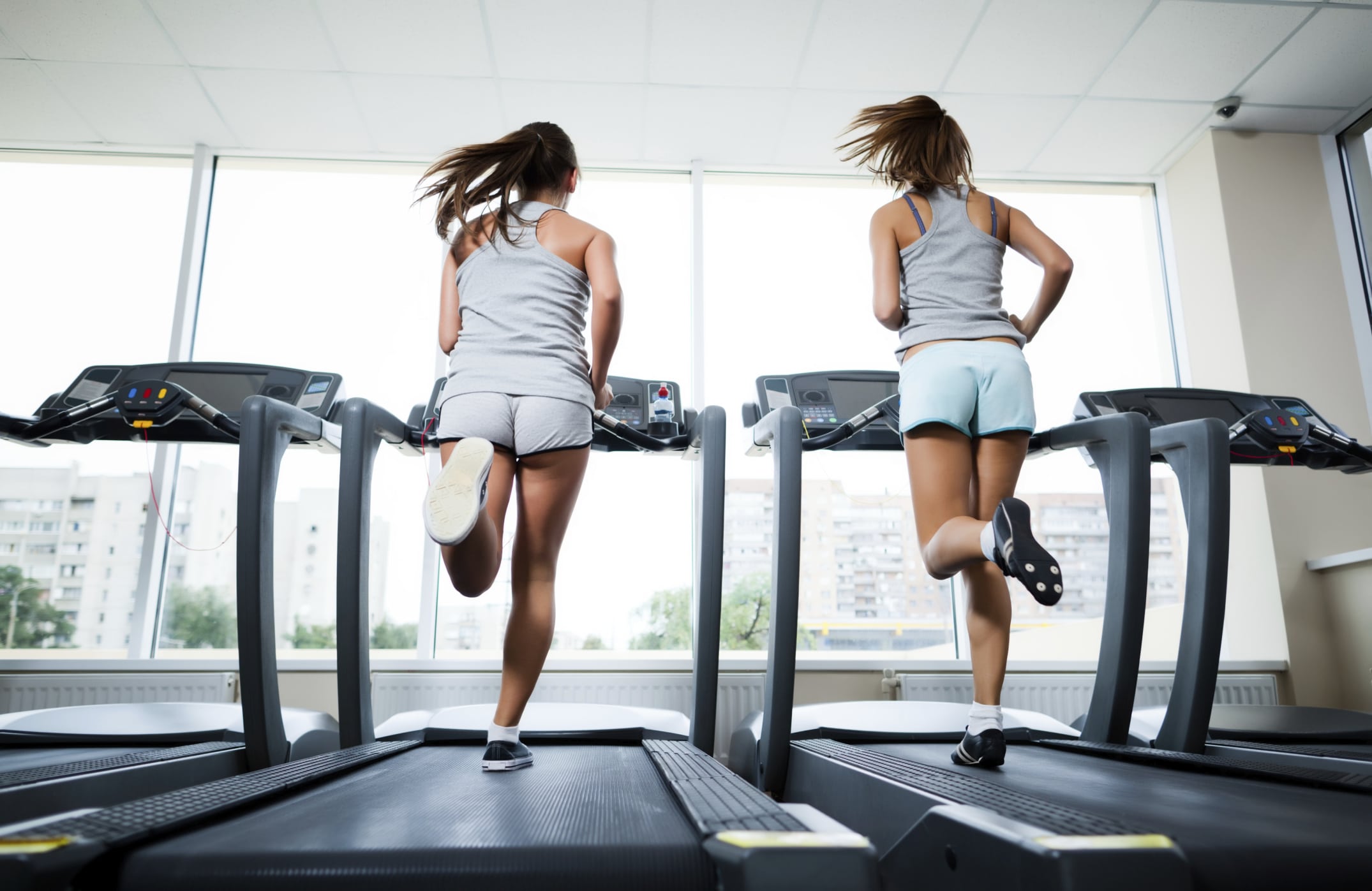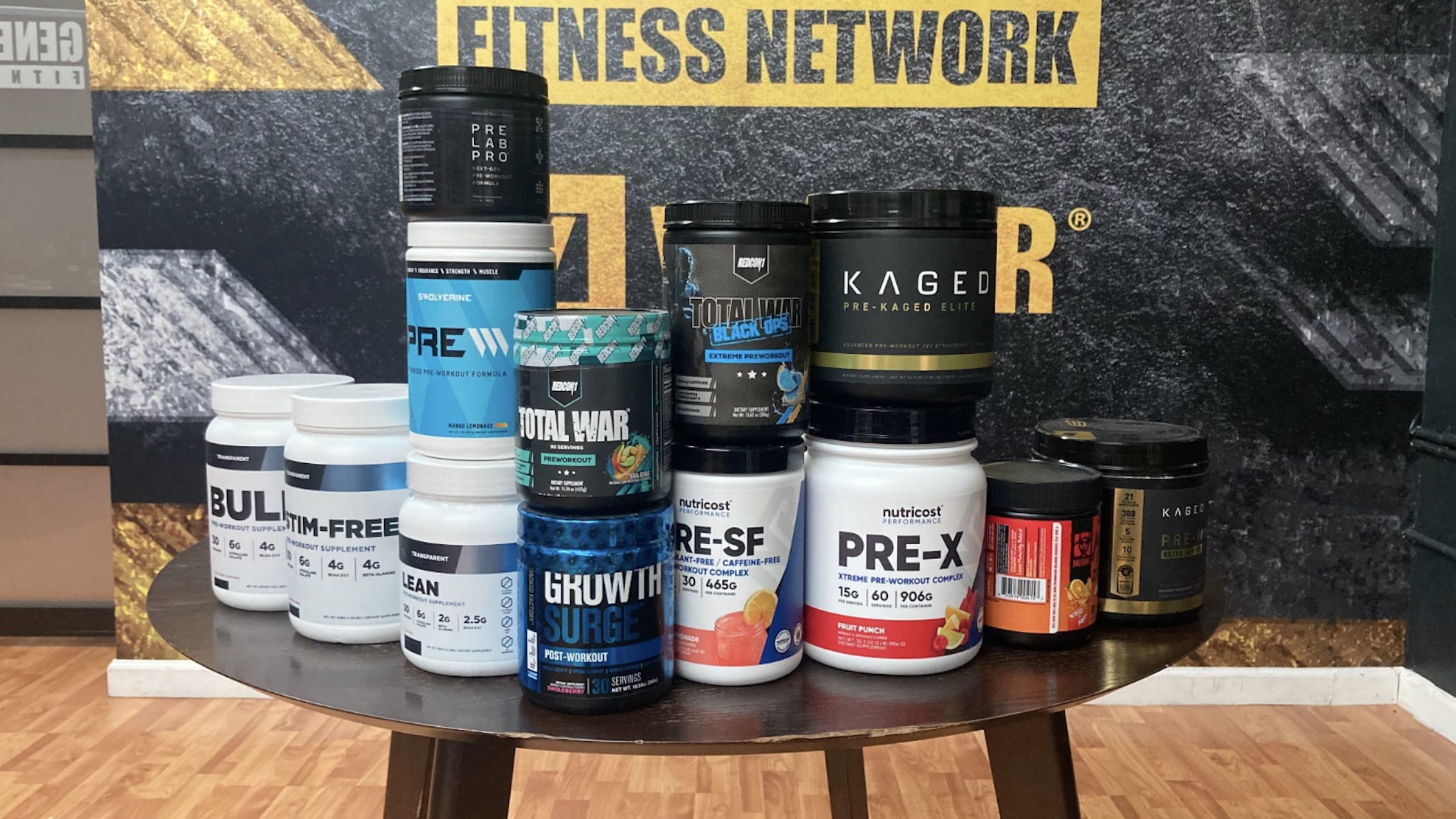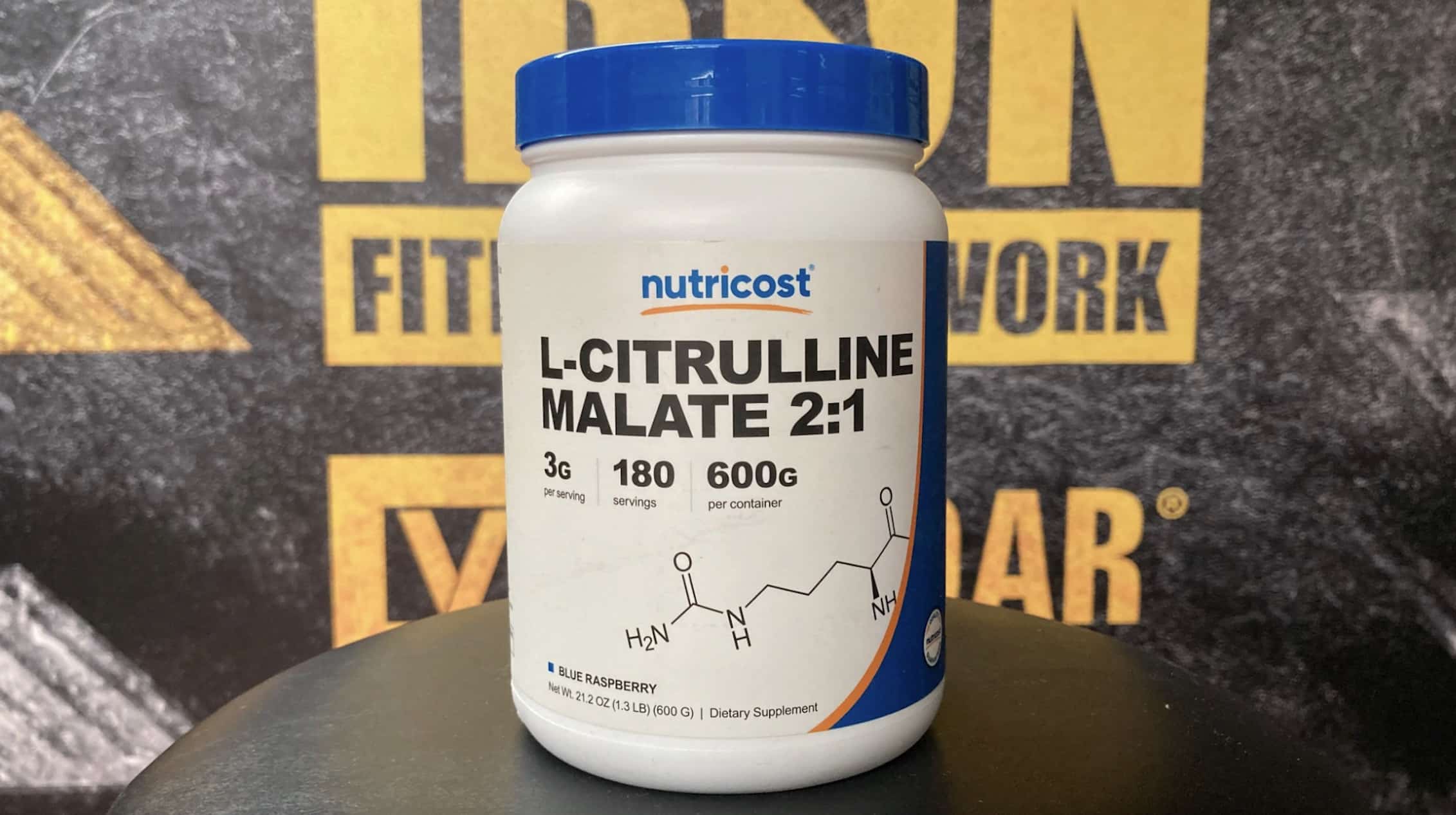Slow and steady?
Running is a skill we all know on some level—it’s something most of us did as kids, something that kicks in naturally when we need to move fast, it is a survival skill. While lifting weights and putting on some serious muscle mass might be the passion of many, running is universal. People run for various reasons: health, competition, or just enjoyment. But like any skill, running can benefit from practice, attention, and the right approach.
Improving your running can take the experience from casual to goal-oriented, especially if you want to challenge your own records or match up against others. Maybe you’re stuck at a certain pace or eager to hit a milestone time. An 8-minute mile is a solid benchmark, signaling a level of efficiency and speed that many fitness enthusiasts aim for. Keeping this pace over a marathon would clock a sub-3.5-hour finish, placing you in the top 25–30% of runners. It’s also a pace that meets or exceeds the fitness standards of many organizations, from the military to law enforcement.
Hitting an 8-minute mile pace is a rewarding target for many runners, showing not only physical but also mental endurance. Here’s a structured plan to help you reach that milestone, along with some key form tips, common running mistakes, and benefits of distance running.
Weekly Plan to Achieve an 8-Minute Mile
Building a routine that focuses on both speed and endurance is the key to improving your running time. Below is a weekly plan to help you reach that goal in a balanced and healthy way.
Monday: Strength Training
Start your week with a strength training session. Even one day of targeted weightlifting can help you build functional muscle. A full-body workout will improve your running performance by strengthening your legs, core, and upper body.
For runners, compound lifts like squats and lunges are especially beneficial. These movements help develop your quads, hamstrings, and glutes, which are crucial for a powerful stride. Core work also supports posture and efficiency, helping maintain your form during long or fast runs.
Sample Strength Workout:
- Back Squat: 3 x 8-12 reps
- Walking Lunge: 3 x 8-12 reps (per leg)
- Pull-Up: 3 x 8-12 reps
- Single-Arm Dumbbell Row: 3 x 8-12 reps (per arm)
- Shoulder Press: 3 x 8-12 reps
- Dip: 3 x 8-12 reps
- Push-Up: 3 x 8-12 reps
- Cable Woodchopper: 3 x 8-12 reps
- Scissor Kick: 3 x 8-12 reps
Tuesday: Speed Workout
Speed work is crucial for breaking out of your comfort zone and improving your pace. Run 400-meter sprints in sets of four to six, resting two minutes between each set. Aim to run these just below your max speed; the runs should be challenging but sustainable.
Wednesday: Active Recovery
Recovery is just as important as your training sessions. Use today for a light, 30-minute walk, jog, or another low-intensity activity. Add some flexibility work like deep stretching or a gentle yoga session to enhance recovery and prevent injury.
Thursday: Tempo Run
A tempo run is performed at a steady, challenging pace for a sustained time. Start with a 2–3 mile run at a pace you can maintain, then gradually increase to a quicker tempo. Eventually, work up to a 5-mile run at that steady pace. For an 8-minute mile, aim for around 180 steps per minute.
Tip: To maintain tempo, consider listening to a BPM-specific playlist. Many music apps have playlists tailored to different running tempos, which can help you keep a consistent rhythm.
Friday: Active Recovery
Today’s active recovery mirrors Wednesday’s. Another 30 minutes of light cardio, coupled with flexibility work, will aid in muscle repair and prepare you for the longer run on Saturday.
Saturday: Endurance Run
Saturday is for your longest run of the week. Keep this at a comfortable pace, somewhere between your recovery and tempo speeds. Begin with 3 miles and gradually work up to 20 as your endurance improves. This run should be challenging yet conversational—you should be able to speak in sentences while running.
Sunday: Rest
Rest days allow your muscles, cardiovascular system, and nervous system to recover. Avoid intense physical activity, but focus on fueling up with nutritious food to recharge for the week ahead.
Form Tips for Faster, More Efficient Running
Achieving a faster pace isn’t just about speed; it’s also about form. Improving your technique will help you run more efficiently, reducing injury risk and energy expenditure.
- Drive Your Knees Forward Many runners focus on kicking their legs back, but driving your knees forward will increase stride length and help you engage your core and hip flexors for a more powerful step. Include high-knee drills in your warm-up to reinforce this movement.
- Land on the Balls of Your Feet Heel strikes can slow you down and increase joint strain. Aim to land lightly on the balls of your feet, which offers better shock absorption and control. Check your form by observing your foot strike or analyzing the wear on your running shoes.
- Engage Your Upper Body Running involves your whole body, not just your legs. Keep your arms bent at 90 degrees, swinging in sync with your stride. Lean slightly forward from your hips to engage your core and chest, maintaining tall posture and head alignment for better balance and speed.
- Keep Your Core Tight A strong core will help you maintain form and breathing rhythm. Engage your abs enough to minimize side-to-side or rotational movement. Practice breath control to improve pacing and keep your core steady.
Common Running Mistakes to Avoid
While running might seem simple, avoid these common pitfalls that can slow you down or increase injury risk:
- Overtraining Running too much without rest can lead to injury. Stick to a balanced training schedule that includes recovery days and cross-training for strength.
- Neglecting Recovery Ignoring rest days or flexibility training can hinder progress. Recovery allows your body to adapt and strengthen; it’s an essential part of improving as a runner.
Benefits of Running
Running offers numerous physical and mental benefits that make it a valuable addition to any fitness routine.
- Cardiovascular Health Running strengthens the heart and lungs, which can lead to improved oxygenation and reduced cardiovascular disease risk. Regular runs improve heart efficiency and stamina.
- Mental Health Many runners experience a “runner’s high,” a boost in mood due to endorphins released during aerobic exercise. Studies suggest that regular running can improve mental health, sometimes with effects comparable to certain medications.
- Fat Loss Running burns calories, making it a reliable method for fat loss and improved body composition. It may also help suppress appetite, making it easier to maintain a calorie deficit.
FAQs
- Why Do My Feet Hurt After Running? Foot pain can result from overuse, worn-out shoes, or poor form. Invest in shoes designed for your gait, and consider a running form assessment if pain persists.
- What Causes Side Stitches? Side stitches can be caused by eating too close to running, irregular breathing, or tight ligaments around the diaphragm. To prevent them, hydrate well, establish a breathing rhythm, and eat a light meal 2–3 hours before running.
Wrap Up
Ready to hit the pavement? Set your goal, follow the plan, and don’t rush the process. Find a local race to keep yourself motivated, and enjoy the journey as you work toward that 8-minute mile.
Let us know what you think in the comments below. Also, be sure to follow Generation Iron on Facebook, Twitter, and Instagram.
